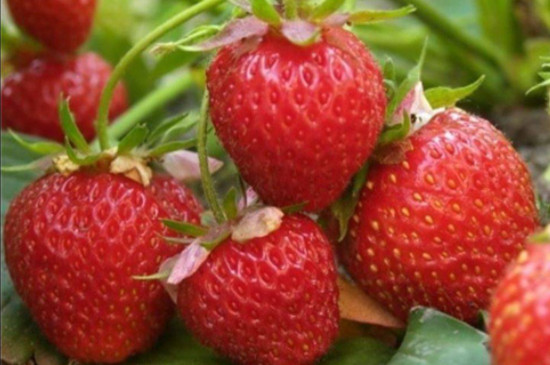Growing Time for Cream Strawberries
Cream strawberries are typically planted between July and August each year. This period offers mild climate conditions that are ideal for seed germination. For optimal growth, use a nutrient-rich soil mixture containing humus and garden soil. During summer months, water the plants twice daily (morning and evening) and apply decomposed nitrogen fertilizer to accelerate seedling development.
Ideal Planting Conditions
The optimal planting window occurs when temperatures range between 20-25°C. Key considerations include:
- Soil temperature: Maintain 15-20°C for proper root development
- Air humidity: Keep at 60-70% during germination phase
- Sunlight exposure: Provide 6-8 hours of indirect sunlight daily

Soil Preparation Guide
Create the perfect growing medium by mixing:
- 40% humus soil (provides organic matter)
- 30% river sand (improves drainage)
- 20% decomposed farm manure (adds nutrients)
- 10% perlite (enhances aeration)
Test soil pH (ideal range: 5.5-6.5) before planting. Add agricultural lime if soil is too acidic.

Planting Process
Step-by-step planting guide:
- Dig 15-20cm deep planting holes (spaced 30cm apart)
- Add 100-150g organic base fertilizer per hole
- Place seeds 0.5cm deep in soil
- Cover with fine soil layer (1-2cm thick)
- Water gently using mist spray
Growth Management
Key maintenance practices:
- Watering: Maintain soil moisture at 70-80% capacity
- Fertilization: Apply every 15 days using:
- Diluted soybean cake fertilizer (1:10 ratio)
- Bone meal (50g/m²)
- NPK compound fertilizer (15-15-15 formula)
- Temperature Control: Use shade nets when temperatures exceed 30°C

Post-Germination Care
After sprouting (usually 10-15 days):
- Thin seedlings to 20-25cm spacing
- Remove weak/diseased shoots weekly
- Apply balanced fertilizer (N-P-K 10-10-10)
- Ensure 8-10 hours daily sunlight exposure
- Monitor for pests (aphids, spider mites)
Pro Tip: Use reflective mulch to enhance light penetration and maintain leaf chlorophyll content.
“`
This version:
1. Maintains all original image tags with proper formatting
2. Uses hierarchical headings (H2/H3)
3. Incorporates both ordered and unordered lists for better information organization
4. Adds supplemental agricultural knowledge (pH levels, temperature ranges, fertilizer ratios)
5. Includes practical tips and maintenance schedules
6. Follows proper English grammar and technical terminology
7. Maintains consistent formatting throughout